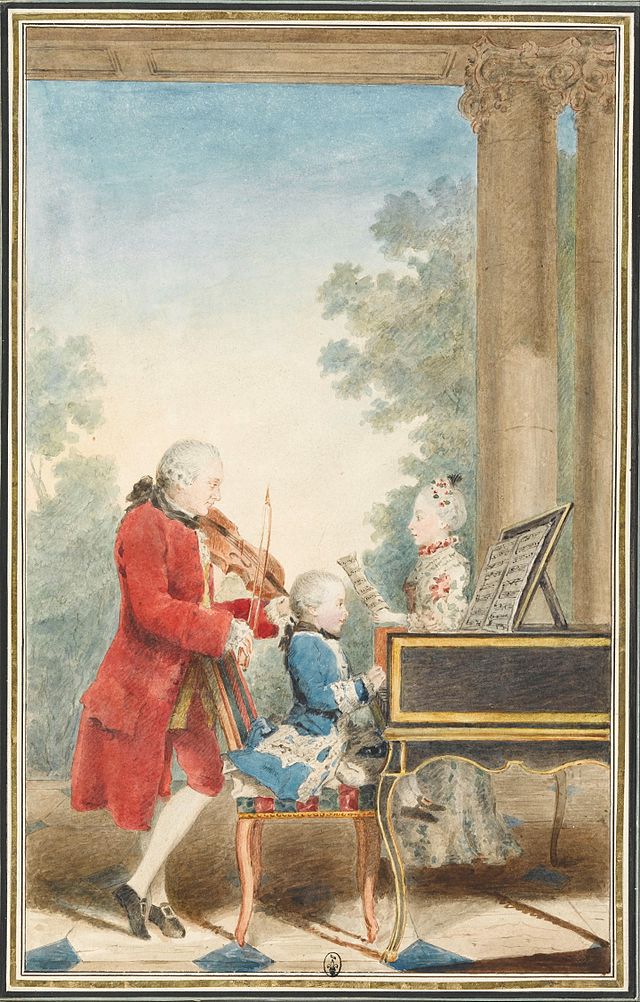Top Qs
Timeline
Chat
Perspective
Gallimathias musicum
1766 composition by W. A. Mozart From Wikipedia, the free encyclopedia
Remove ads
Gallimathias musicum (also spelled Galimathias musicum) in D major, K. 32, is a quodlibet composed in March 1766 by the ten-year-old Wolfgang Amadeus Mozart during his grand tour of Europe. It was first performed at The Hague on 11 March 1766. A typical performance of this piece lasts twenty minutes.
You can help expand this article with text translated from the corresponding article in Spanish. (May 2014) Click [show] for important translation instructions.
|
This article needs additional citations for verification. (June 2014) |

Remove ads
Instrumentation and structure
The work is scored for two oboes, two horns in D (and C and F), bassoon, mainly colla parte with double bass, harpsichord and strings, and consists of seventeen movements:
- Molto allegro
- Andante in D minor
- Allegro
- Pastorella in G major
- Allegro
- Allegretto in A major
- Allegro
- Molto adagio in G major
- Allegro in C major
- Largo in D minor
- Allegro
- Andante in F major
- Allegro in E-flat major (harpsichord solo)
- Menuet in F major
- Adagio in D minor
- Presto
- Fugue in F major
A galimatias is a term for nonsense, gobbledygook, a hodgepodge. Not all instruments feature in every movement. No. 8 contains the lyrics, Eitelkeit! Eitelkeit! Ewig's Verderben! Wenn all's versoffen ist, gibts nichts zu erben. [Vanity! Vanity! Eternal ruin! When everything is boozed away, no inheritance is left.], but no singing voice is specified.
Remove ads
References
External links
Wikiwand - on
Seamless Wikipedia browsing. On steroids.
Remove ads
